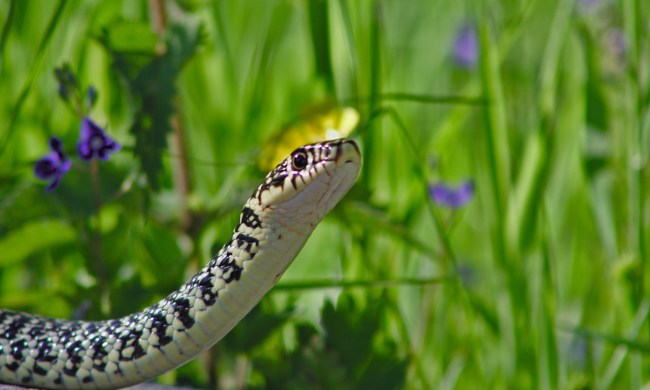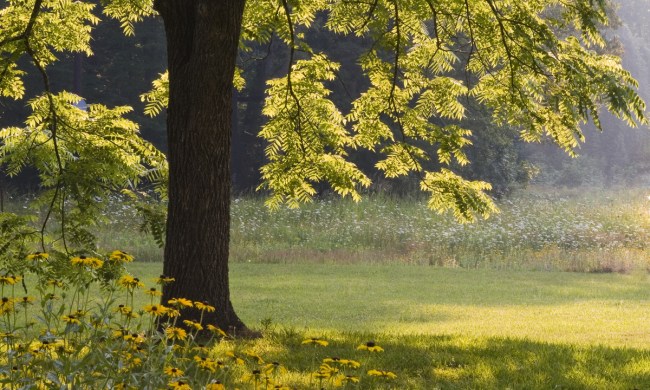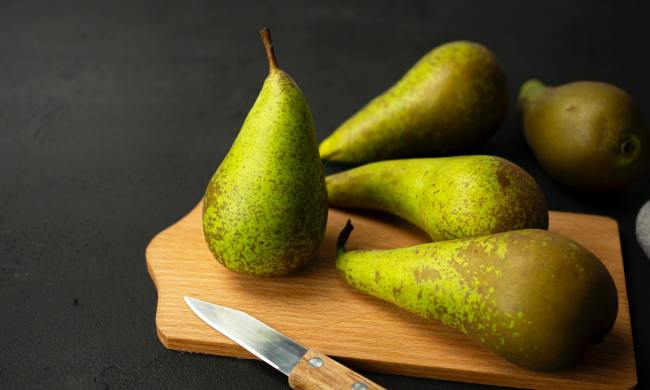If you’re a gardener just starting out, it can be intimidating to add more plants to your home or garden. To ease any anxiety about killing new plants, it might be a good idea for you to try succulents. They are notoriously easy to care for and difficult to kill. Most of them need well-draining soil and drying out between waterings. Avoid overwatering, and these stunning and unique-looking plants will bring joy into your home for years. Ahead, we provide eight varieties perfect for any beginner gardener.
Kalanchoe
If you’d like a succulent that looks more like a traditional plant, try kalanchoe. It has big paddle-shaped leaves with ruffled edges and bright orange flowers that bloom from tall center stalks. These blooms are the longest-lasting blooms in the world. The plant can go a while without water, and they grow relatively quickly! Put it in a corner that provides bright to medium light and enjoy those pretty flowers with minimal effort.
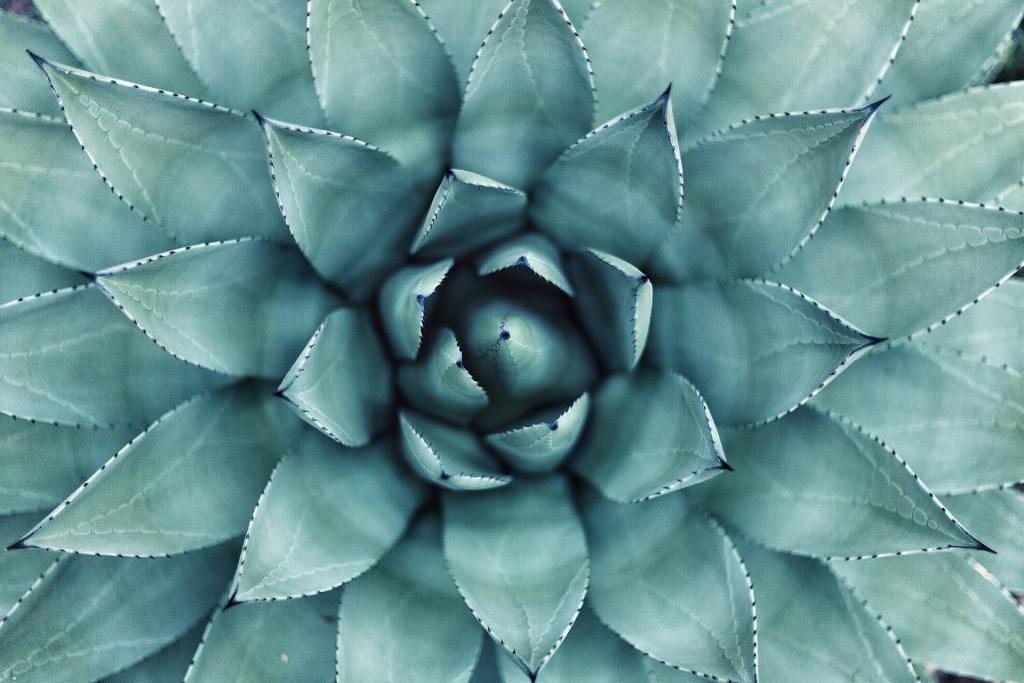
Agave
These plants are stunning as house plants or landscaping. They are fully responsible for delicious and healthy agave syrup, which doesn’t raise glucose levels as dramatically as cane sugar or high fructose corn syrup. Native to Mexico, these plants like to dry out between waterings and will benefit from well-draining soil. Avoid overwatering, and you’re likely to enjoy this plant for decades. Just watch out for the sharp pointy tips that could cause severe damage to soft skin if you’re not careful.
Echeveria
If you’re nervous about killing a plant because you might forget about it, Echeveria might be for you. These succulents can survive even with extended periods of neglect. They need few waterings, a small amount of nutrients, and bright to medium light. When watered, fed, and healthy, they can grow up to 12-inches tall. Their smaller stature makes them perfect for growing indoors, but they are native to Central America and can thrive in a similar outdoor environment.
Aloe
Bringing an aloe plant into your home is a win-win. Not only will you add beauty and life to your space, but you’ll also have ready access to a healing plant. Aloe’s gel has been used for thousands of years to heal a plethora of ailments. Keep this plant in a kitchen window for quick relief from an oven burn. Aloe isn’t as easy as other succulents, but it’s still an undemanding plant. They like their soil to dry out completely between waterings, and they need bright direct light.
Crassula
The Jade Plant is a popular variety of crassula, but they’re all easy to grow. The Jade Plant is also known as a lucky tree or money tree. They’re adorable plants that can be propagated through offsets, cuttings, or root division. This makes it easy to grow and share the lucky tree with your friends and family. Don’t water them too often, and remember to slow down watering even more since they go dormant.
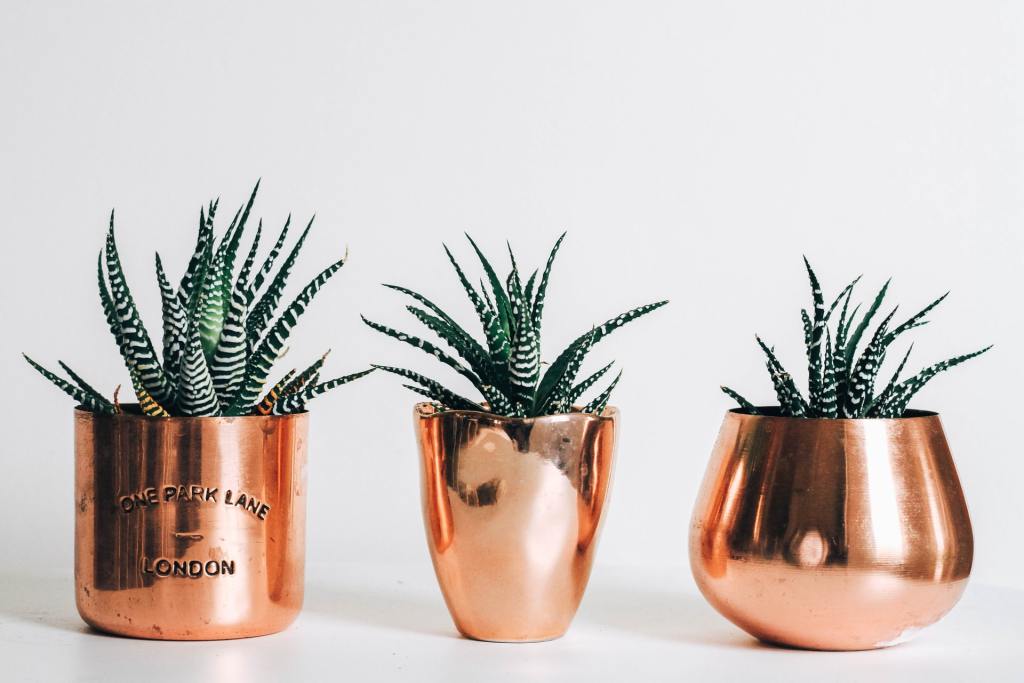
Haworthia
You’ve likely seen this as a fake plant at many department stores, but the real Haworthia has beautiful white stripes and can survive in low light. Not many succulents can thrive without bright or medium light, but if you struggle to find enough light in your home, this might be the succulent you need. As always, avoid overwatering to allow this plant to thrive and plant it into succulent or cactus-loving soil.
Adromischus
This plant is native to South Africa and has bright green and wide leaves that look like paddles. The leaves have a hairy texture that helps them hold in moisture, making them resistant to underwatering but susceptible to overwatering. These have a unique look and their blooms appear at the end of long stems that stand straight up. Plant them in well-draining soil or use a succulent and cactus mix to be safe.
Sedum Donkey’s Tail
Donkey’s Tails, or Burro Tails, are trailing plants that are native to Mexico, highly resistant to pests, and non-toxic. They tolerate almost any soil and can be grown indoors in any climate or outdoors in zones 10 and 11. The fleshy little leaves are adorable and are sure to get you compliments as a hanging or dropping plant. Be sure to give it plenty of sun and avoid overwatering; only water the plant when its soil drys out.
If you add all or one of these succulents to your plant collection you can rest easy, knowing they’ll likely survive even if you forget about them. Avoid overwatering and dark corners, and these adorable plants will thrive.
